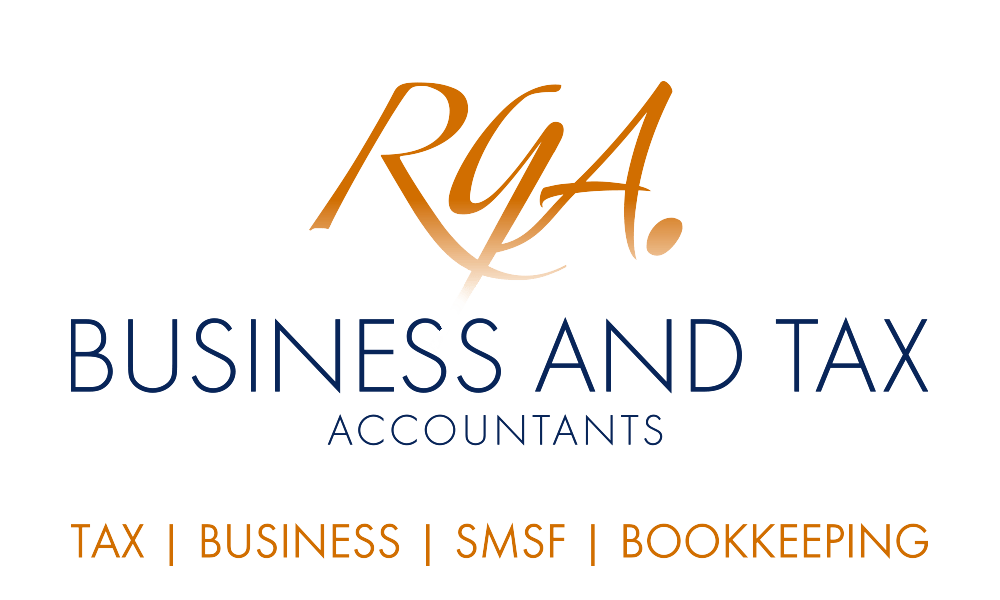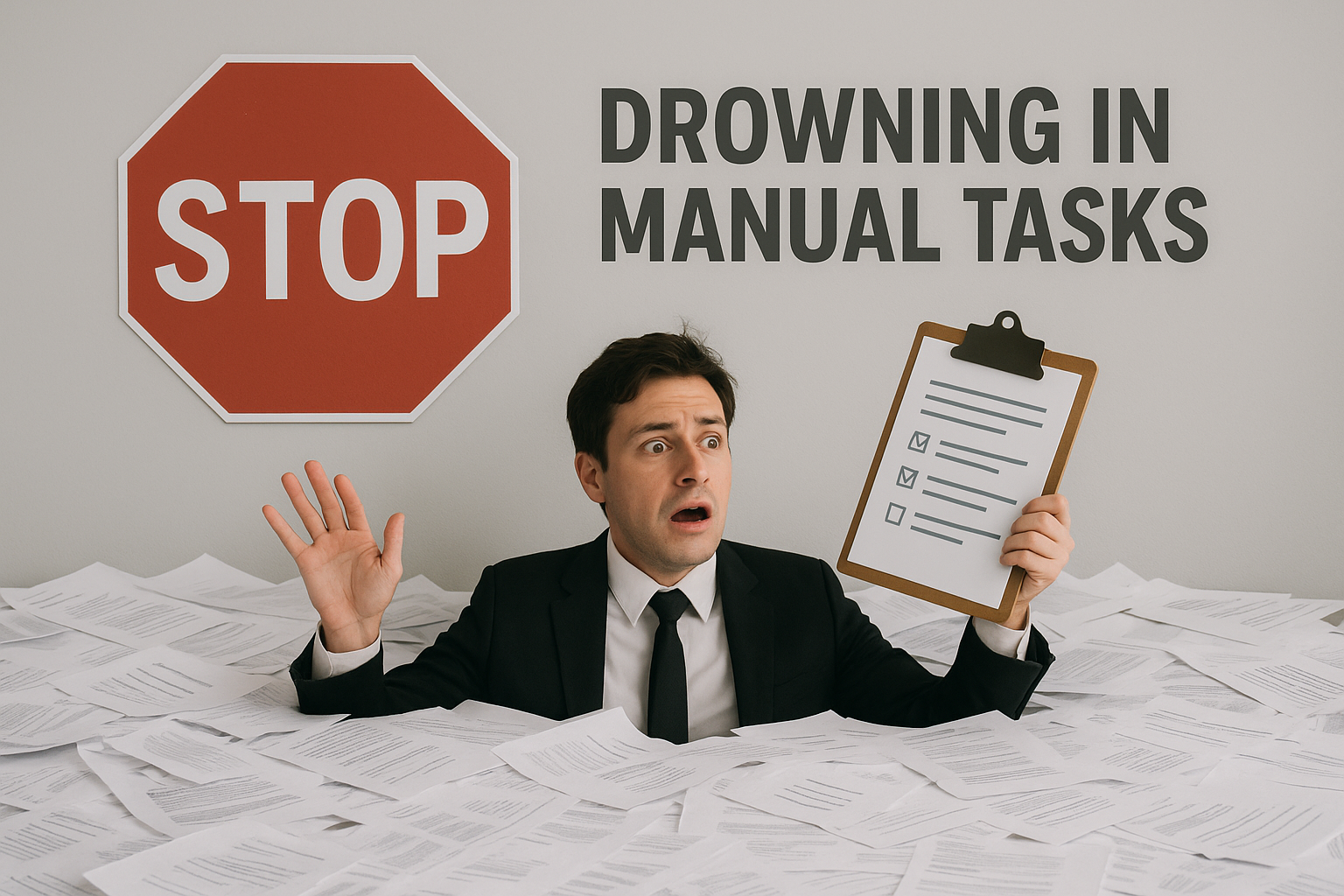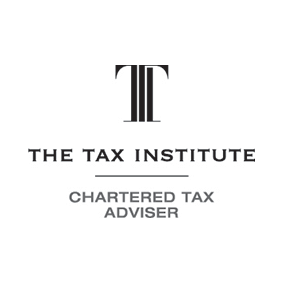Previously, it was thought that any benefit provided directly or indirectly to members or related parties of an SMSF from an investment would contravene the sole purpose test. However, a Full Federal Court decision has reframed the sole purpose test which will provide some flexibility to trustees on certain investments. Notwithstanding this decision, investments in SMSFs remain a complex area with many pitfalls and getting it wrong could mean the fund loses concessional tax treatment along with civil and criminal penalties for trustees.
To be eligible for superannuation fund tax concessions, SMSFs are required to be maintained for the sole purpose of providing retirement benefits to members, it is what is known as a sole purpose test (s 62 of the SIS Act). Failing the test could expose trustees to civil and criminal penalties in addition to the SMSF losing concessional tax treatment. Therefore, it is important when making SMSF investments that the investment does not provide a benefit directly or indirectly to members or related parties.
Whether a fund's investment contravenes the sole purpose test by providing a benefit directly or indirectly to members or related parties depends entirely on the circumstances of each case. Recently, the Full Federal Court decided that an SMSF investment in a fund to acquire a fraction interest in a property to be leased at market rent to the member's daughter did not breach the sole purpose test.
The Full Court said s 62 does not suggest that an SMSF will not be maintained solely for the core and/or ancillary purposes simply because the trustee enters into a transaction with a related party. It noted that the property was to be leased at market rent therefore there was no current day financial benefit to be obtained by either the member or his daughter. The only benefit would be some comfort or convenience, which was considered to be merely incidental.
However, the Full Court said if the lease was not at market rent, then an inference could readily be drawn that the fund was being maintained for a collateral purpose of providing discounted housing to a relative, which would contravene the sole purpose test.
In response to the Court's decision, the ATO noted that a trustee of an SMSF could potentially breach the sole purpose test by investing in the fund mentioned in the case if the facts and circumstances indicate that the SMSF was maintained for the collateral purpose of providing accommodation to a related party. Which will be determined by considering all the facts and circumstances surrounding the trustees' behaviour.
Nevertheless, to provide certainty for the investors in this particular fractional property investment, the ATO said it will not take compliance action if the trustee signs a declaration that avoids (ie the Sole Purpose Test Declaration):
- entering into an investment based on its potential to provide related-party accommodation;
- influencing the fractional property investment fund or a relevant property manager to engage a related party as a tenant of the property; and
- influencing a related party to become a tenant of the property.
In addition, a copy of this declaration must be retained and provided to approved auditors. The ATO must also not find evidence that indicates the trustee has acted inconsistently with the terms of the signed declaration.
The takeaway lesson from this case is that SMSFs are complicated, and investments in SMSFs even more so. It should be noted that while the Full Court found the SMSF had not breached the sole purpose test, it ultimately ruled against the trustee as it found that the investment was an in-house asset and breached the 5% limit. Crucially, the ATO warned it may still apply compliance resources to scrutinise whether an SMSF investment in fractional property investments contravenes other provisions of the SIS Act (eg in-house asset rules).
Confused?
If you're the trustee of a super fund and are not sure about whether an investment you've made may have breached the sole purpose test, we can help you find out. If you're confused about in-house asset rules or any other aspects of SMSFs we can explain it to you in simple to understand terms, contact us today.










